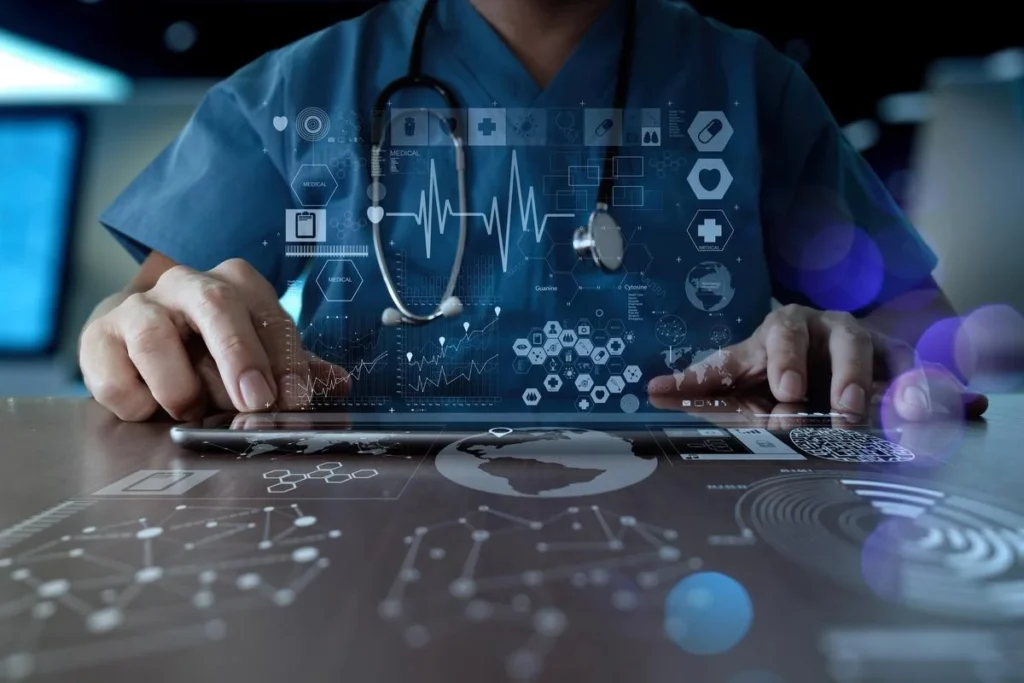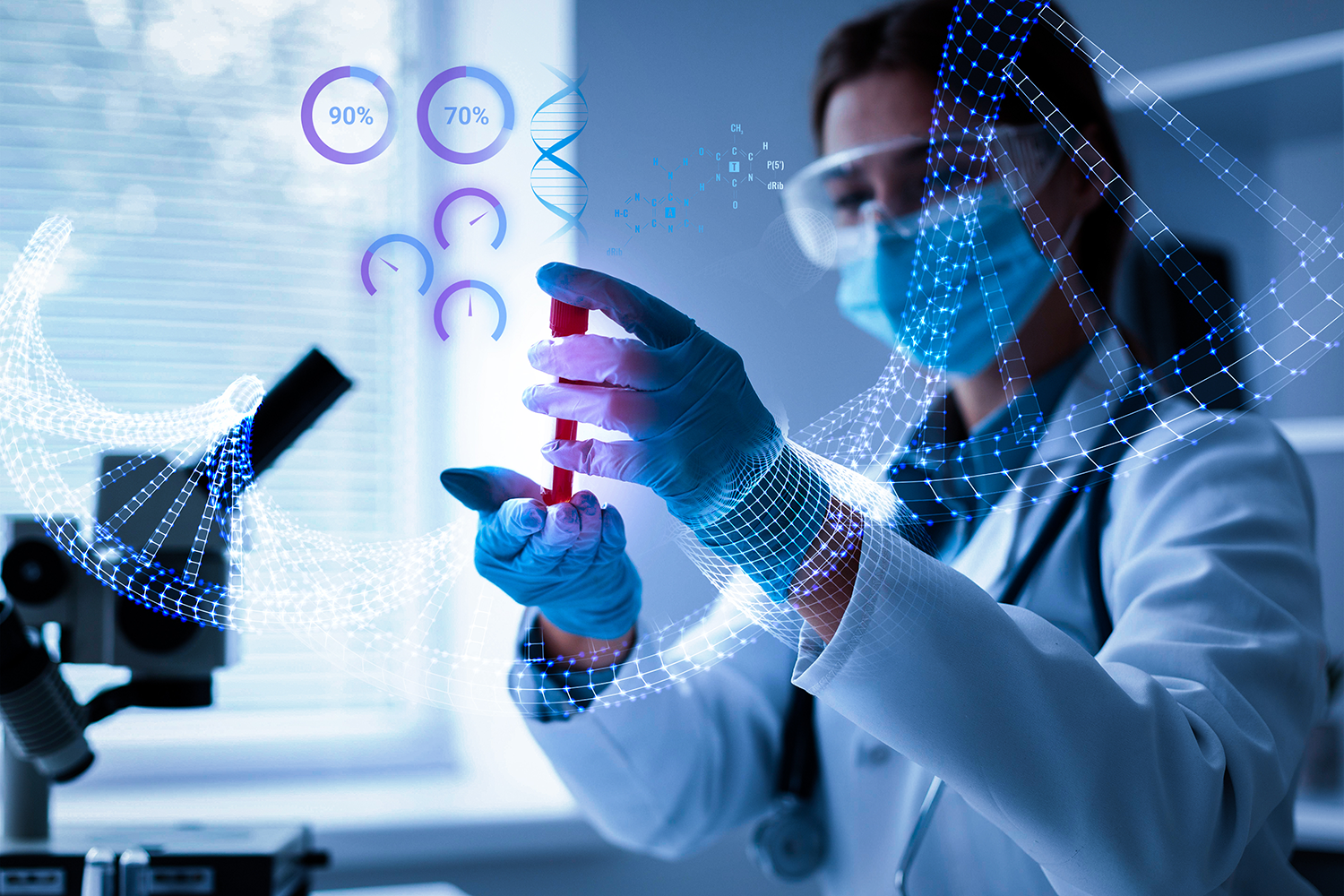1. Accuracy of Medical Gas Calibration: Why it’s critical
Treatments, operations, and life-saving measures all depend on gases like oxygen and nitrous dioxide. What occurs if the calibration of these gases is incorrect? Things can get risky at this point. Medical gases can now be precisely calibrated thanks to new technologies. It implies that patients can receive care that is both safer and more efficient.
These systems not only help maintain precise gas levels but also provide real time monitoring. These systems allow healthcare professionals to focus their attention on caring for patients, without worrying about gas imbalances. Follow the latest news in medical technology to stay up-to-date on any developments!
2. CRISPR – Editing DNA to Fight Disease
Let’s move on to something a bit more high-tech. CRISPR is probably something you’ve heard about. Let me explain it to you if you haven’t heard of CRISPR. Imagine being Able “edit” DNA. You could remove the parts that cause genetic disorders, and replace them Healthy code. CRISPR is exactly what it does.
The tool can be used to treat genetic diseases such as sickle cell disease. This is a huge leap that could eliminate inherited diseases. What is the potential? Massive. What are the possibilities? Endless.
3. 3D printing – From prosthetics to organs
Did you know that 3D printing is revolutionizing medicine? Imagine printing custom organs or prosthetics instead of plastic toys. Medical solutions can now be tailored to fit each patient perfectly using 3D printing.
Need a new arm or leg? A custom-made prosthetic is now available in just a few days, instead of weeks. Researchers are even experimenting with bioprinting–printing skin, bones, and organs. We’re talking about real organs, which could save lives.
4. Telemedicine: A doctor’s visit without leaving home
It’s never convenient to be sick, is it? Imagine not having to wait in a waiting area to see your doctor. The use of telemedicine is fantastic. Everyone may get healthcare thanks to telemedicine, regardless of whether they reside in a remote location or have limited access to medical facilities.
A video call could be enough for routine checks or to manage chronic conditions. The best part is? You won’t have to worry about fitting in a doctor’s appointment between school runs or meetings. The healthcare system has just become a whole lot more convenient.
5. AI in Diagnostics: Faster and more accurate diagnoses
What if your doctor could identify issues even more quickly with the aid of AI? It’s taking place. In the life sciences, computer vision is revolutionary because it analyzes data to assist physicians in making faster and more accurate diagnoses. AI can identify minute irregularities in scans that the human eye could overlook. While AI won’t take the job of your doctor, it will assist them in making smarter choices. They seem to have a super-powered tool at their disposal.

6. Wearable Health Devices – Monitoring Your Health in Real Time
Wearable health devices are more than just fitness trackers. These gadgets monitor your heart rate, blood sugar, and more in real-time. They help you to stay on top of your health.
These devices can be a game changer for those who suffer from chronic diseases like diabetes or high blood pressure. These devices can send your doctor data and track important health metrics 24 hours a day. You can avoid unnecessary hospital visits by wearing a mini-health care clinic.
7. Robotics for Surgery: Precision like Never Before
Ever wondered how surgeons perform such complex procedures? Robots are now helping surgeons with their intricate procedures! Robotic surgery is more precise than ever, and reduces risks for patients.
Robotic arms are used by surgeons to perform minimally-invasive procedures which would be impossible or difficult to do manually. What is the result? The result? This is the future of medicine.
6. mRNA vaccines are not just for COVID-19
The mRNA vaccines are well-known for their role in turning the tide against COVID-19. Did you know that this technology can be used for far more than just the COVID-19 pandemic? Scientists have already begun to investigate how mRNA vaccinations can be used to combat other diseases such as the flu and cancer.
It’s not just fast, it’s also adaptable. We’re talking vaccines that are more quickly developed than ever, providing faster protection against new health threats.
9. Virtual Reality for Pain Management: Relief without Pills
Imagine treating pain with virtual reality (VR), instead of reaching for painkillers. It sounds futuristic, doesn’t it? It’s happening now. In hospitals, VR is used to distract patients from painful procedures or even chronic pain.
Researchers have found that VR can reduce pain perception in patients by immersing them in soothing virtual environments. VR is not just for games and fun. It has real potential to help manage pain in a more natural way.
10. Personalized Medicine – Tailored just for you
You may have wondered, “Why isn’t my medical treatment personalized for me?” Personalized medicine makes this possible. Doctors can tailor treatment to you by analyzing your DNA. You’ll receive the best care possible based on your biology.
Personalized medicine is changing the face of healthcare. From selecting the best medications to predicting your response to treatment, personalized medicine will change the way you receive care in the future. The goal is to provide you with the best, most side-effect free care.
Wrapping it All Up
The speed at which medical technology is developing is astounding. These innovations are just the start. Healthcare will have a better, quicker, and more individualized future. What comes next? What comes next?

